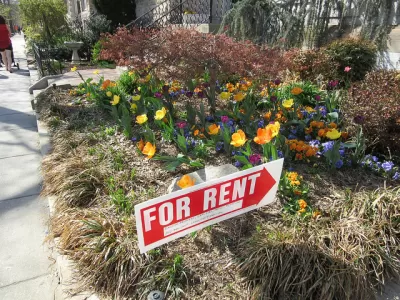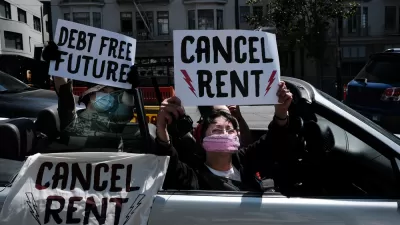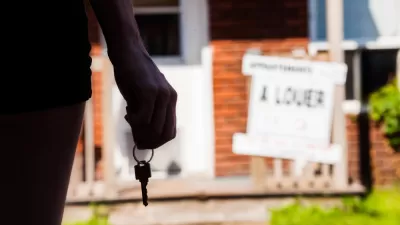Five ways to ensure that rental assistance reaches communities of color with high levels of need.

Long before the COVID-19 pandemic, Black, Latino, and Native American renters faced disproportionately high rent burdens and housing instability. The pandemic has magnified these disparities as workers of color disproportionately work in the industries and occupations that saw the greatest job losses, and communities of color experienced the highest COVID hospitalization rates. While the recently passed coronavirus relief packages promise to provide critical help to many struggling renters, program administrators will need to make explicit efforts to ensure that this assistance reaches communities of color with high levels of need. Without such efforts, some groups will fall through the cracks as some tenants never get any information about the program, have uncooperative landlords, are hesitant to start or unable to complete complicated applications, or cannot provide the full set of required documentation. Take-up of social programs often falls short of need, and this is especially true for vulnerable groups. Emergency rental assistance is no exception.
Yet as a field, we pay far less attention to take-up and its equity implications than we should.
Drawing on both a survey of 220 “first-generation” COVID emergency rental assistance programs (about one-third of the roughly 530 local programs and 90 state or regional programs funded via the CARES Act and other sources), and interviews with selected program administrators, the NYU Furman Center, the Housing Initiative at Penn, and the National Low Income Housing Coalition—where we work— recently released a report outlining steps that localities can take to advance racial equity in their programs. Here we highlight five of those key lessons.
Prioritize Vulnerable Groups in Program Guidelines
One key step that programs can take to advance racial equity is to set selection criteria to prioritize vulnerable populations for assistance. Such priorities can help ensure that ...
FULL STORY: Improving Racial Equity via Emergency Rental Assistance

Alabama: Trump Terminates Settlements for Black Communities Harmed By Raw Sewage
Trump deemed the landmark civil rights agreement “illegal DEI and environmental justice policy.”

Study: Maui’s Plan to Convert Vacation Rentals to Long-Term Housing Could Cause Nearly $1 Billion Economic Loss
The plan would reduce visitor accommodation by 25% resulting in 1,900 jobs lost.

Why Should We Subsidize Public Transportation?
Many public transit agencies face financial stress due to rising costs, declining fare revenue, and declining subsidies. Transit advocates must provide a strong business case for increasing public transit funding.

Paris Bike Boom Leads to Steep Drop in Air Pollution
The French city’s air quality has improved dramatically in the past 20 years, coinciding with a growth in cycling.

Why Housing Costs More to Build in California Than in Texas
Hard costs like labor and materials combined with ‘soft’ costs such as permitting make building in the San Francisco Bay Area almost three times as costly as in Texas cities.

San Diego County Sees a Rise in Urban Coyotes
San Diego County experiences a rise in urban coyotes, as sightings become prevalent throughout its urban neighbourhoods and surrounding areas.
Urban Design for Planners 1: Software Tools
This six-course series explores essential urban design concepts using open source software and equips planners with the tools they need to participate fully in the urban design process.
Planning for Universal Design
Learn the tools for implementing Universal Design in planning regulations.
Smith Gee Studio
Alamo Area Metropolitan Planning Organization
City of Santa Clarita
Institute for Housing and Urban Development Studies (IHS)
City of Grandview
Harvard GSD Executive Education
Toledo-Lucas County Plan Commissions
Salt Lake City
NYU Wagner Graduate School of Public Service





























